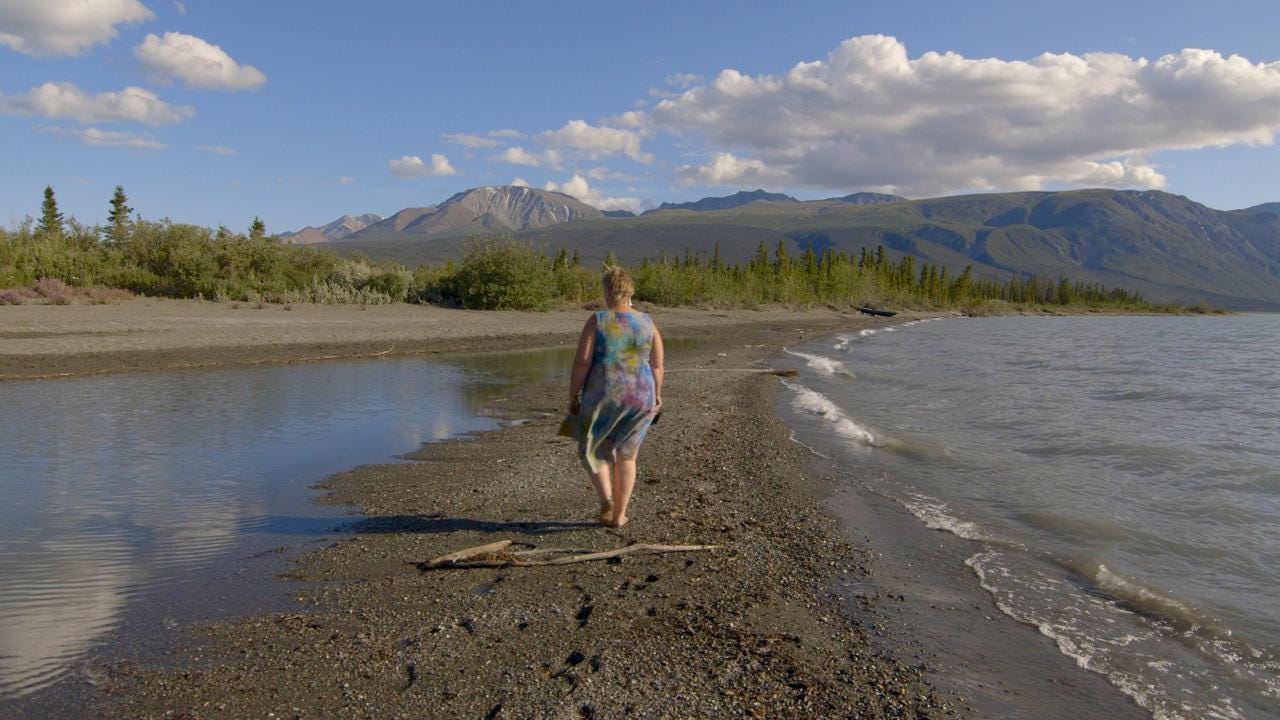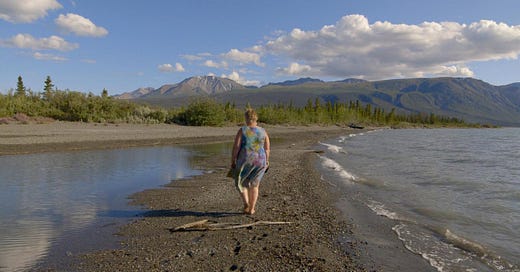Keys to Freeze, Mile 6819: A Tiny Yukon Home That’s Way, Way Off the Grid
Squeezing solar power and repurposed glass for all they’re worth, an Arctic artist handcrafts one seriously sustainable home—strong enough to brave the Yukon winters.

Photos by Brady Lawrence
We are making our way slowly through the Yukon Territory of Canada. Just above British Columbia, the region shares a border with Alaska, wherein lies the oil town of Deadhorse, our final destination. At this point, the Keys to Freeze cross-continental cycling team has been on the road for five months, our starting point of Key West a distant memory. A steady stream of eighteen-wheelers rush by on our left-hand side, punctuated only by the occasional RV and pickup.
Keep reading with a 7-day free trial
Subscribe to Narratively to keep reading this post and get 7 days of free access to the full post archives.



